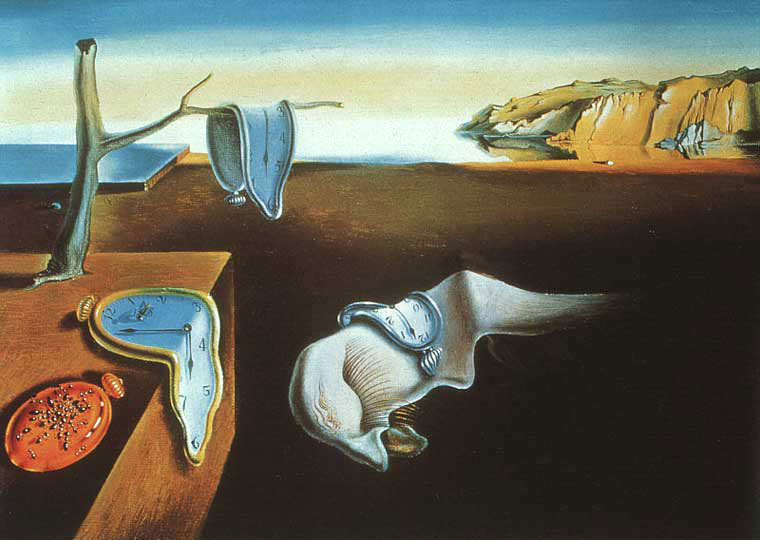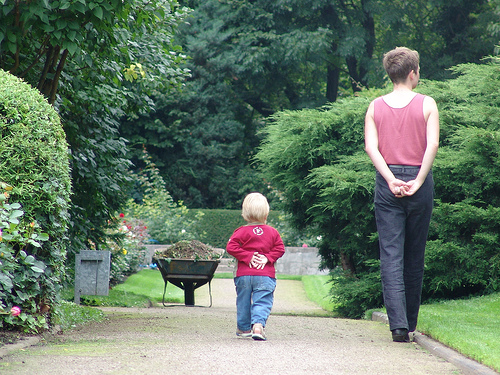Ever
wonder what happens to consciousness when we die? Until the advent of
modern cardiopulmonary resuscitation (CPR) the answer seemed clear; the
heart stopped beating, the lungs stopped working and blood could not
reach the brain so it shut down. Consciousness shut down along with it.
But researchers are taking another look at consciousness during the
time of clinical death. The website describes the initiative as “The
Human Consciousness Project will conduct the world’s first large-scale
scientific study of what happens when we die and the relationship
between mind and brain during clinical death. The diverse expertise of
the team ranges from cardiac arrest, near-death experiences, and
neuroscience to neuroimaging, critical care, emergency medicine,
immunology, molecular biology, mental health, and psychiatry.”
It
seems clear that when the heart stops, so too does blood flow to the
brain and if CPR is not performed, death will occur. When a patient is
in cardiac arrest blood flow to the brain stops after approximately 10
seconds. However, Dr. Sam Parnia who is leading the AWARE Study as part
of the Human Consciousness Project says that death is a process rather
than a moment. Even after the heart has stopped, brain cells do not
appear to shut down for some time. This gives medical staff time to
carry out CPR to keep the heart beating and blood flowing to vital
organs including the brain. While brain activity has stopped, it appears
that there may still be something going on in the minds of some
patients.

















